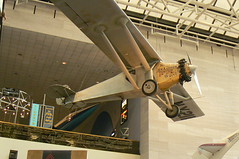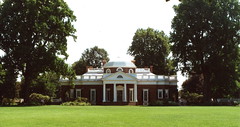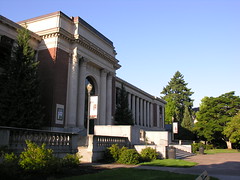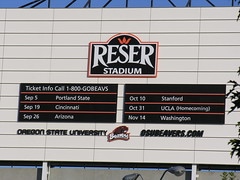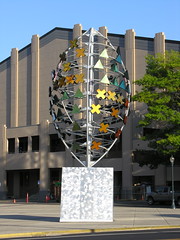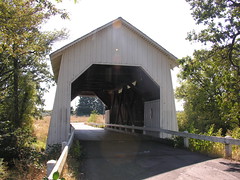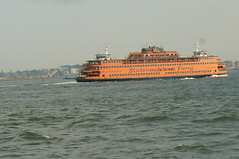It’s the Capitol of Virginia, but it has also been the Capitol of the Confederacy, a claim no other U.S Capitol can come close to. Although the Civil War has been over for 144 years, the past lives on alongside the present.
As a former resident of the city for several years, it’s always interesting to come back and re-visit just why you lived somewhere, and maybe even why you left. In the case of Richmond, I relocated there for a job and left for the same reason.
Richmond is a mix of a modern and also a “stuck in the past” city. The latter would be their Civil War heritage.
But, that shouldn’t stop anyone from visiting as there are many things to see and do and you don’t have to see a single battlefield, Civil War or Revolutionary War, if you don’t want to, and still have a great time.
Are you into literature? Edgar Allen Poe lived in Richmond for over 13 years. The Poe Museum is located on Broad Street (Poe didn’t actually live in the house, but nearby). Furniture from his home, as well as manuscripts, first editions and personal belongings, are on display.
www.poemuseum.org
Architecture? How about a 15th century English estate (Agecroft Hall) that was bought at auction, crated and shipped from Lancashire, England to Richmond, and reassembled on the banks of the James River.
www.agecrofthall.com/
Famous speeches? Revolutionary leader Patrick Henry wasn’t shy about speaking. He gave his famous “stick it to King George” speech, “Give Me Liberty, or Give Me Death” at St. John’s Church in Richmond.
www.historicstjohnschurch.org/hist_main.htm
Monuments? How about … Monument Avenue? Northwest of downtown Richmond you’ll find Robert E. Lee on a horse … J.E.B. Stuart, on a horse … Stonewall Jackson, on a horse … Jefferson Davis (President of the Confederate States of America), not on a horse.
Anyone notice a theme … and we’re not talking about the horses.
And then, there is Matthew Fontaine Maury. Who? Seriously, WHO?
And finally, a slightly controversial choice for an avenue with statues of Confederate soldiers — we have
Arthur Ashe, professional tennis player, born and raised in Richmond.
Even if you don’t like statues, the architecture along the avenue ranges from English Tudor, Georgian, Italian, and Art Deco on either side of center islands of huge trees and green grass. It’s the kind of street they don’t build anymore.
Historic Theatres with a Pipe Organ? The Byrd Theatre in Carytown, a retail shopping area northwest of downtown was opened in 1928. Included in its 1,300 seat configuration is a balcony and a Wurlitzer Pipe Organ that opens the show on Saturday evenings by rising from the basement to the stage in front of the screen.
You can’t buy tickets ahead of time, they don’t show previews, and the movies aren’t first run … but at $1.99, I’m not going to complain!
http://byrdtheatre.com
http://www.visitrichmondva.com/
NEXT TIME: We’ll take a trip back in time and look at the Civil War history of Richmond and what remains today.

